Name Carol Padden Role Author | Fields Communication | |
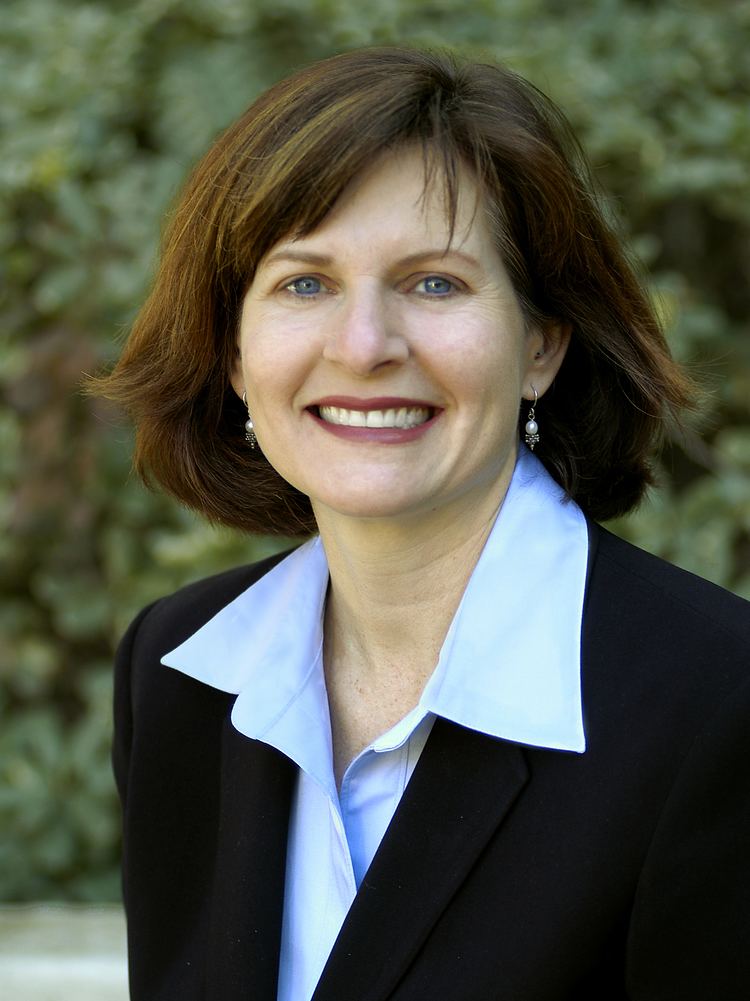 | ||
Education University of California, San Diego (1983), Georgetown University Awards MacArthur Fellowship, Guggenheim Fellowship for Social Sciences, US & Canada Books DEAF IN AMERICA, Inside Deaf Culture, Learning American Sign Lan, A Basic Course in American, Learning American Sign Lan | ||
Notable awards MacArthur Fellowship | ||
Different lives different languages with carol padden the good life
Carol A. Padden (born 1955 in Washington, D.C.) is an American academic, author, and lecturer. She is a professor in the Department of Communication at the University of California, San Diego, where she has been teaching since 1983. She was named a 2010 MacArthur Fellow and a 1992 Guggenheim Fellow.
Contents
- Different lives different languages with carol padden the good life
- Meet carol padden dean of social sciences
- Background
- Views on Deaf Culture
- MacArthur Fellowship
- Research
- Selected works
- References
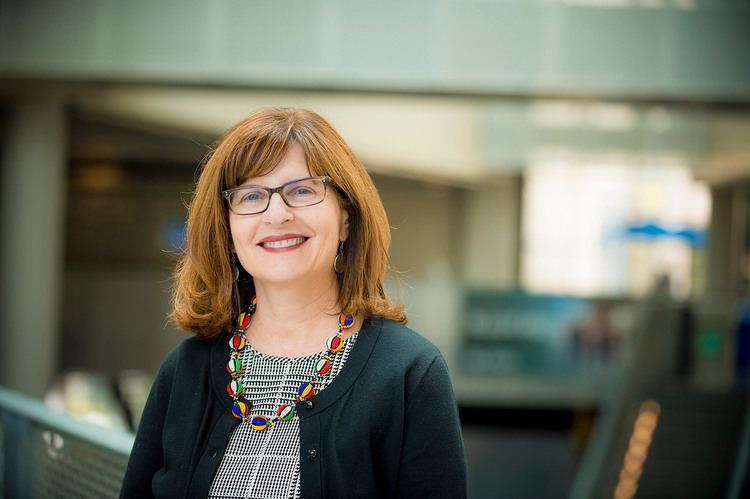
Meet carol padden dean of social sciences
Background
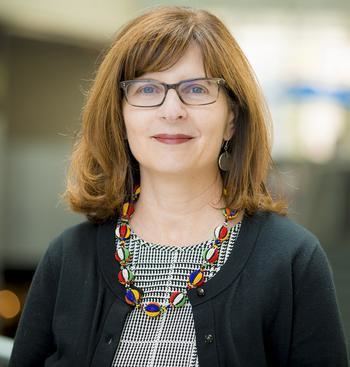
She was born deaf to a Deaf family, and also has a Deaf older brother. Both of her parents were faculty members at Gallaudet University.
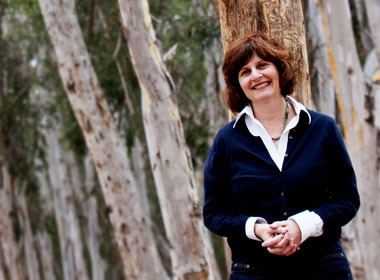
My parents are both deaf, and I have an older deaf brother, so sign language was a natural part of my upbringing. When I was eight, I transferred from a special school for deaf children to my local public school and for the first time, I was among children and adults who did not sign. I often describe this experience as being “educated abroad,” because it gave me a sense of self and difference that I did not have before.
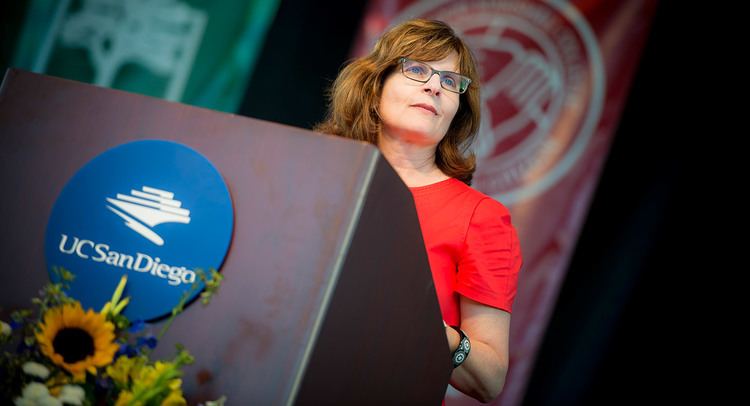
She was reared bilingually in English and American Sign Language. As a child, she was reared in Deaf culture: the people with whom she and her family socialized attended both Deaf schools and Deaf clubs. Padden is married to Tom Humphries, who is also Deaf and has co-authored several books with her. She also has one child of her own who is not deaf.
Views on Deaf Culture
Deaf in America: Voices from A Culture was a pioneer in Deaf Studies. This book's goal was to "write about people in a new and different way." Padden and Humphries did not want to focus on writing about their hearing loss, but to focus on their language and their culture. Much has been written since this book, and Deaf Studies has really flourished. In 1988, however, this was a relatively new concept.
Let's start with the big question: What is deaf culture? How does the condition of deafness lead to the creation of a culture? Carol, why don't you go first.
Ms. Padden:
Yes, I'll start with that. The concept of culture is a way to capture something that deaf people share – not only deaf people, but groups of deaf people that are all over the world. It describes what deaf people have in common, their common history, their sets of ideas, their common practices. Culture itself captures a sense of commonality within a group of people. American Sign Language is a critical part of that commonality.
Carol Padden has experienced Deaf Culture first-hand since birth. However, in the Deaf Community, this is not always the case. Many Deaf people from hearing families do not have exposure to Deaf culture until they become adults. In fact, Carol Padden's spouse Tom Humphries became deaf at the age of six, but did not meet other Deaf people until he entered college. Together, they have participated in a new generation of research on sign language.
MacArthur Fellowship
In 2010, the John D. and Catherine T. MacArthur Foundation named Carol Padden a recipient of its so-called "genius" grant. The foundation recognized Padden's pioneering work in the morphology and evolution of American Sign Language with a no-strings attached grant of $500,000.
Research
Padden's PhD dissertation on American Sign Language morphology and syntax was published in the Garland Press Outstanding Dissertations (Linguistics Series, 1988).
Selected works
Padden's published writings encompass 43 works in 78 publications in 7 languages and 5,474 library holdings. Several of her publications were created with her husband and co-author, Tom Humphries.
